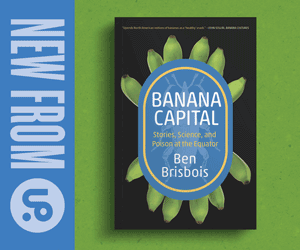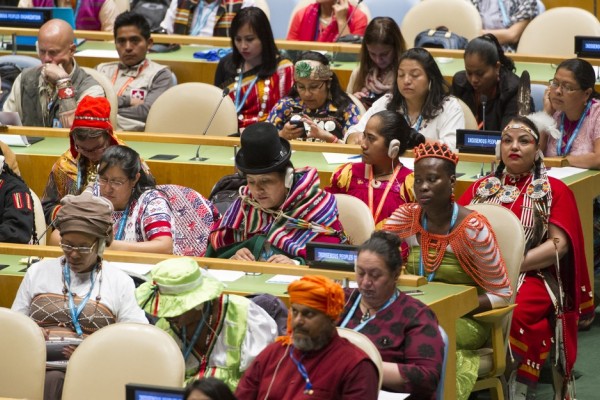Historical foundations of Aboriginal rights
Having long ago established himself as a foremost scholarly interlocutor of Canadian Indigenous history, Arthur Ray, with a career that spans those ’70s books on my shelf (two magisterial studies: Indians in the Fur Trade and with Donald Freeman Give Us Good Measure) to new books including Aboriginal Rights Claims and the Making and Remaking of History, one would have thought he would be happy with what could be called “vanity projects.” Although Ray did recently write a kind of autobiographical reflection on his experiences as an expert witness in Aboriginal rights court battles (Telling it to the Judge; not, in my view, his best work), his most recent work deserves careful attention. It compares Indigenous land rights processes in the U.S., Canada, New Zealand, Australia and South Africa, with a strong introductory chapter that lays out the overall process in each nation worth the price of admission (there is an extra, specific chapter on the issue of Métis land rights in Canada). While the substantive chapters may lack the degree of detail that national experts could produce, they create a strong overall comparative sense that enriches readers in any of these contexts. Again, this does not represent a theory of settler colonialism, but is a strong description of settler-colonial land conflicts and resolution processes (which, inevitably, often end up as justificatory exercises) in a variety of national contexts. Lowman and Barker have a chapter called “Its Always All About the Land,” Ray goes much farther in demonstrating the issue, writing that “my goal here is to provide a single volume introduction for the use of historical evidence in the varied aboriginal and treaty rights claims” in the five national contexts (27). He achieves and even exceeds this goal, providing a broad introduction to the issue of Aboriginal rights in relation to both historical and, to a lesser extent, anthropological engaged scholarship. Though I have my share of disagreements (why couldn’t he have mentioned Justice Hall’s criteria of “clean and plain” language around extinguishment of title? It later became the majority opinion) and was a bit bothered to find some footnote numbers misplaced (surely only a concern among the most scholarly oriented among us), these are minor concerns for such an important study. This book is an excellent starting point for university based students of Aboriginal rights at all levels: it will teach advanced students about the comparative context and will give introductory students an excellent start. Few books accomplish this range of goals.
Peter Kulchyski is head of the Department of Native Studies at the University of Manitoba, author of several books including Aboriginal Rights Are Not Human Rights: In Defence of Indigeous Struggles and a frequent contributor to Canadian Dimension. He is co-director of the Canadian Consortium on Performance and Politics in the Americas.
This article appeared in the Spring 2017 issue of Canadian Dimension (Fight for $15).










